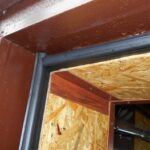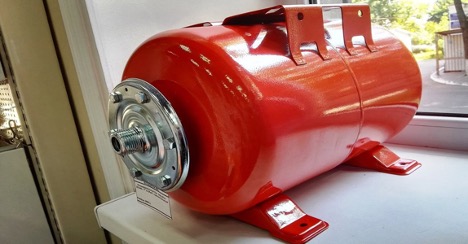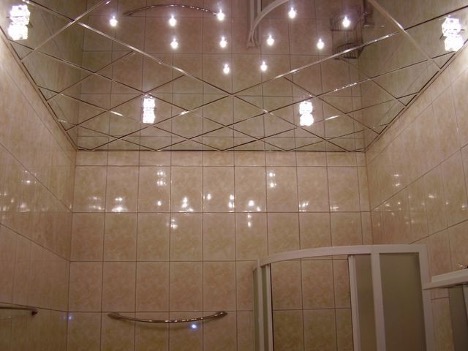Draining water at the dacha and in a private house with your own hands: how to do it correctly and where to drain it
Every owner of a country house or cottage sooner or later is faced with the need to organize an effective water drainage system. This process may seem complicated. But with the right approach and the necessary knowledge, you can provide a reliable and durable drainage system in your dacha with your own hands.
Creating a drainage system at your dacha requires careful planning and selection of materials. It is important to consider the type of soil on your site. You should also know the groundwater level and the total volume of water that needs to be drained.
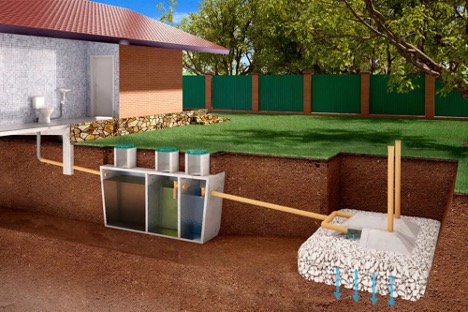
The content of the article
The basics of organizing a drain in a private house with your own hands
Before you begin work on organizing a drain in a private house with your own hands, you need to understand the types of drain systems. Then you must choose the most suitable one for your case. There are open and closed drainage systems. Each of them has its own advantages and disadvantages.
System planning begins with identifying locations for water collection and disposal. These could be ditches or drainage pipes. Or you can calculate the option of specially equipped wells. It is important to consider where the water will be directed after collection. You do not want to create problems with stagnant water on your or neighboring areas.
Technical tips before you start
Before you start creating a water drainage system at your dacha or in a private house, you need to take into account a number of technical aspects. Only careful planning will ensure the success of your project. Below are key technical tips to help you plan and execute your work correctly:
- Assess the groundwater level, soil type, and overall slope of the area. These factors influence the choice of the type of drainage system and its installation method.
- Based on the site analysis, develop a plan for the location of the drainage system elements. Calculate drainage pipes, collection wells and the direction of water drainage. Make sure that the plan takes into account all the necessary slopes for effective water drainage.
- For drainage systems, it is important to use high-quality and durable materials. Preference should be given to perforated drainage pipes. They are resistant to corrosion and clogging of elements.
- Design the system so that key elements can be easily accessed. You will need this later for cleaning and repairs.
- Make sure your drainage system complies with local building codes and sanitary codes. Especially if in your case we are talking about wastewater discharge.
- If your cottage is located in a region with cold winters, take measures to prevent the water in the system from freezing. Consider insulating pipes or using deep pipes. Indeed, at depth, the soil temperature remains above zero all year round.
- Consider using collected water for irrigation or other purposes to reduce your environmental impact.
- If you do not have experience in construction and engineering, it is recommended to consult with professionals.This will help avoid mistakes at the planning and implementation stage of the project.
Remember that careful planning and attention to detail at the outset can greatly simplify the process of creating a drainage system and ensure that it operates reliably and efficiently for many years to come.
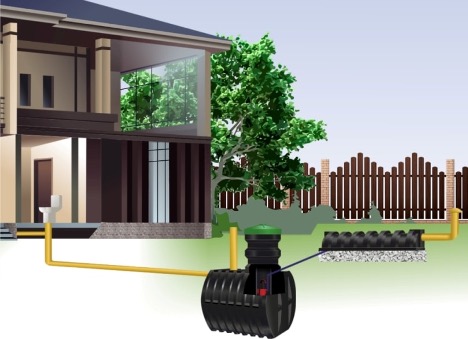
Practical advice: how to make a drain in your dacha
To successfully implement drainage at your dacha, you should take into account several practical tips:
- Study the area and determine the lowest points on the site where water will naturally flow.
- Install filters and large particle traps at the inlet of the drain system to prevent clogging.
- Use high-quality drainage pipes with perforations to effectively drain water into a prepared sewer system or to specially equipped filtration fields.
Implementing a drain in a private house with your own hands begins with planning and calculating the required amount of materials. The key to success is the correct choice of location for drainage and the quality of materials used.
Once the plan has been developed and all materials have been prepared, you can begin the actual installation of the drainage system. It is important to carefully monitor the slopes of the drainage pipes and ensure that they have a sufficient angle of inclination to effectively drain water.
Don't forget about the need for regular drainage system maintenance, including cleaning filters and checking the condition of pipes. This will help avoid problems with the system in the future and ensure its longevity.
Conclusion
Creating a water drainage system in a country house or in a private house with your own hands is a completely feasible task for every owner. The main thing is to approach planning wisely and pay due attention to the quality of materials and work.By following the tips presented, you can ensure reliable and efficient drainage of water from your site, avoiding problems with stagnant water and increasing the comfort of living in your home.


